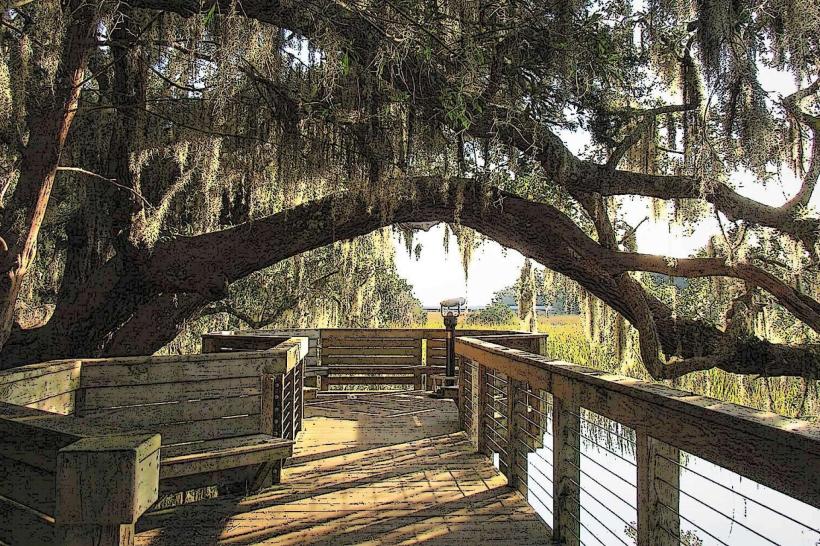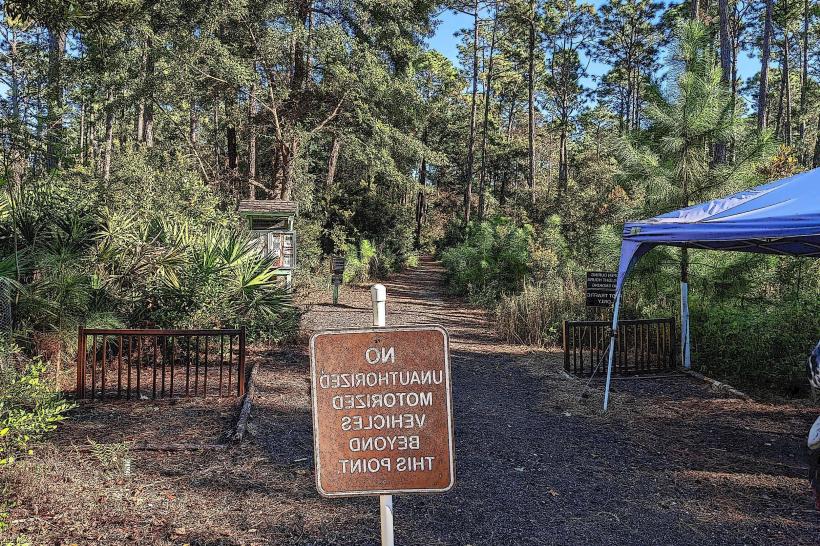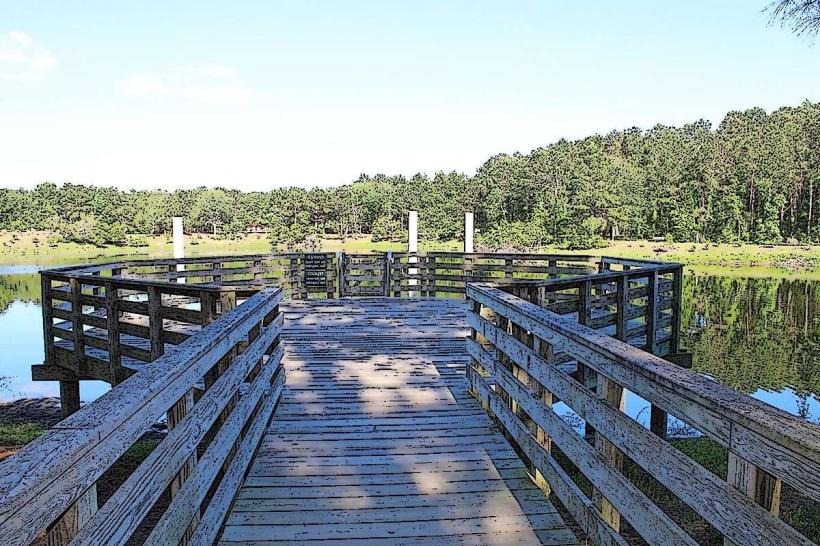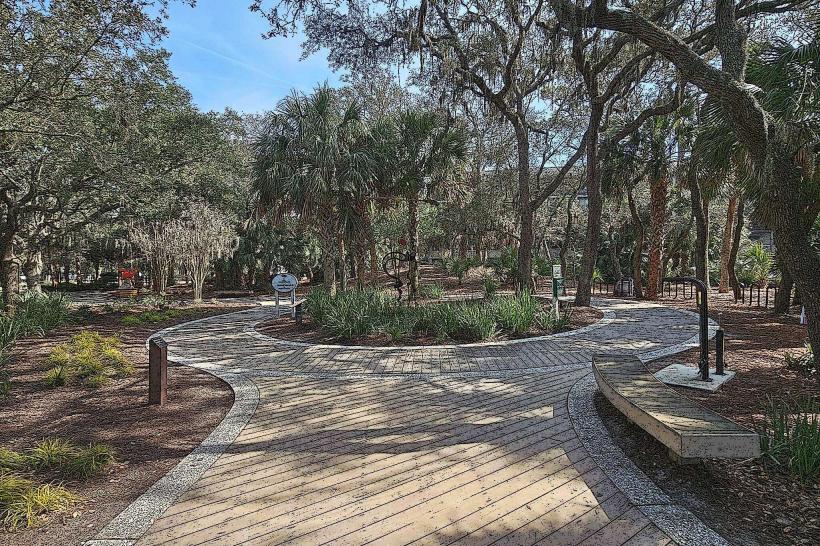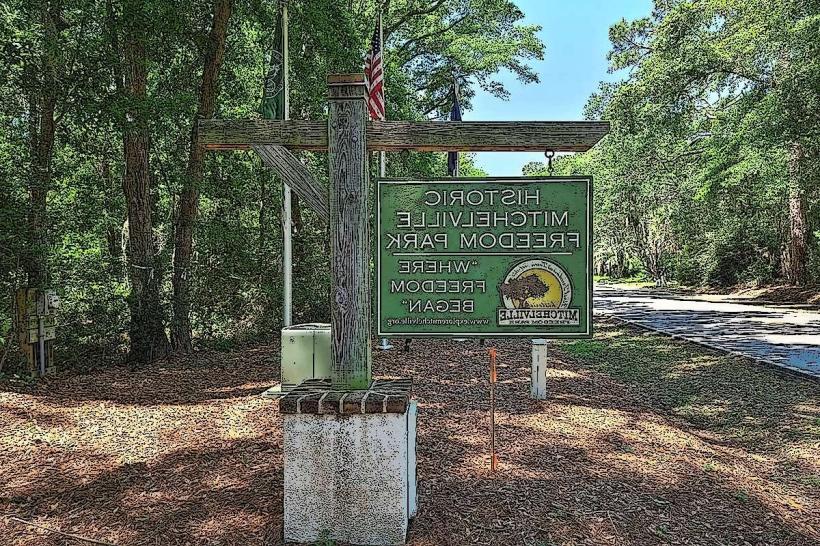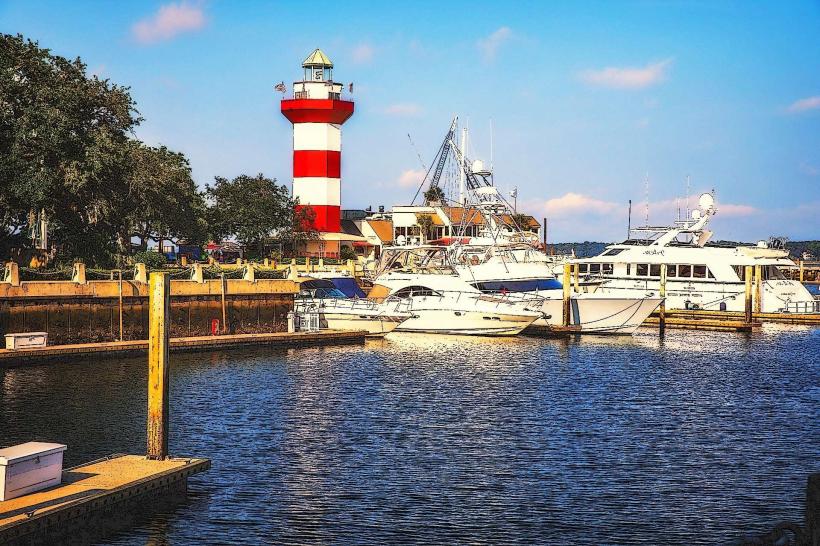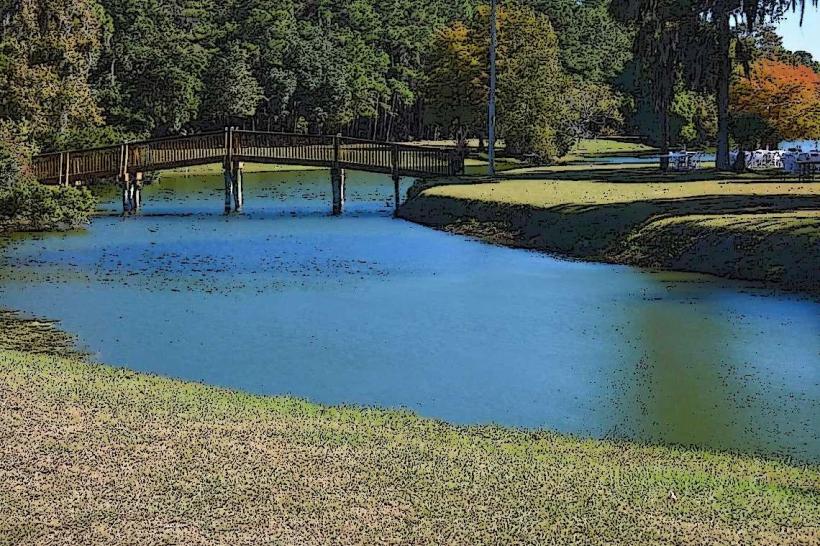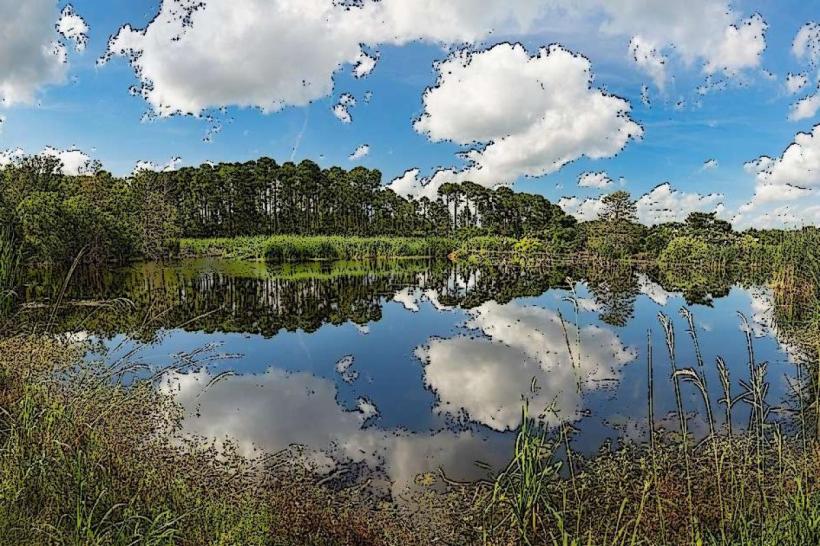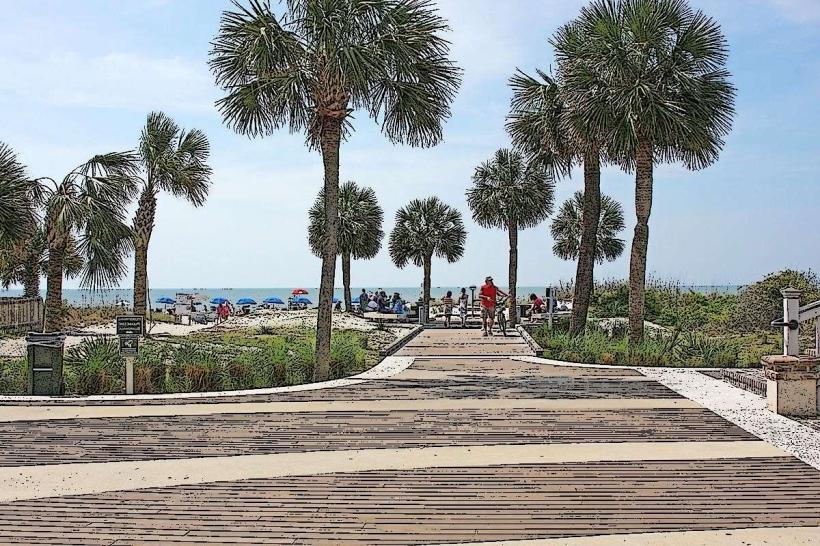Information
Landmark: Honey Horn PlantationCity: Hilton Head Island
Country: USA South Carolina
Continent: North America
Honey Horn Plantation, Hilton Head Island, USA South Carolina, North America
Overview
Hilton Head Island's Honey Horn Plantation, a historic site and cultural landmark, is now home to the Coastal Discovery Museum, likewise across a vast waterfront site, visitors can explore history, nature, and education, creating one of the island's most complete and well-preserved plantation histories.Historical Background.Origin: Honey Horn Plantation was first settled in the late 18th century, and continued to be a plantation until the 19th which produced cottons such as indigo.After the Civil War, the property was owned multiple times and eventually became a hunting, fishing, and private retreat.The site was acquired by the Town of Hilton Head Island and its partners in the early 2000s to prevent any development on it.In 2007, the Coastal Discovery Museum was established in its current location.Layout and Setting. Approximately 68 acres of tidal marshes run through Jarvis Creek are where the plantation is located, therefore visitors can explore:There are remnants of historic buildings from the plantation period, such as barn structures, outbuildings, and a main house that has been restored and is now used for administrative and exhibit purposes.Boardwalks and walking paths lead through salt marsh, maritime forest, and open fields as part of nature trails.Botanical gardens, cultural exhibits, and native plant life.Waterfronts: Stunning scenery overlooking the marsh and creek, where you'll spot dolphins, wading birds and fiddler crabs.cijewelry of concern.Highlights and Attractions.Coastal Discovery Museum Exhibits:Island ecology, lowcountry roots, Gullah culture.?Regional art and photography shows on a rotating basis.Spanish moss covers some of the historic Live Oaks, making them perfect for photography.The Marsh Tacky Horses, a rare breed that was once common in the Lowcountry, are now preserved and occasionally displayed here.Education: Tours, camps for children, bird watching, and holiday events such as oyster roasting.The integration of sculptures in the natural landscape.Events and Seasonal Appeal.At the Honey Horn Art Market, visitors can enjoy a major spring art festival that brings together juried artists from all over the Southeast.The Farmers Market is a timed event that offers local produce, seafood, and crafts.Special Exhibitions: Seasonal displays on topics such as sea turtle conservation, shellfish harvesting, and indigenous plants.Sustainability and Preservation Efforts. It is managed in a way that prioritizes environmental stewardship-limiting development, native landscaping, and restoration of natural habitats.[Note 1].Besides, educational programs are designed to help preserve the cultural and ecological history of Hilton Head.Visitor Tips.While admission to the grounds is free, proceeds from donations support ongoing programs.Take at least 1-2 hours to explore both indoor and outdoor attractions.Wear comfortable shoes for walking; the majority of the site is reachable through level paths and boardwalks.'.Photographers can capture stunning images in early mornings and late afternoons, thanks to softer light and the presence of wildlife.It is recommended to use insect repellent during the warmer months as the site is situated on a marsh.Hilton Head's history and surroundings are often complemented by Honey Horn Plantation, making it a top pick for travelers.
Author: Tourist Landmarks
Date: 2025-08-13

